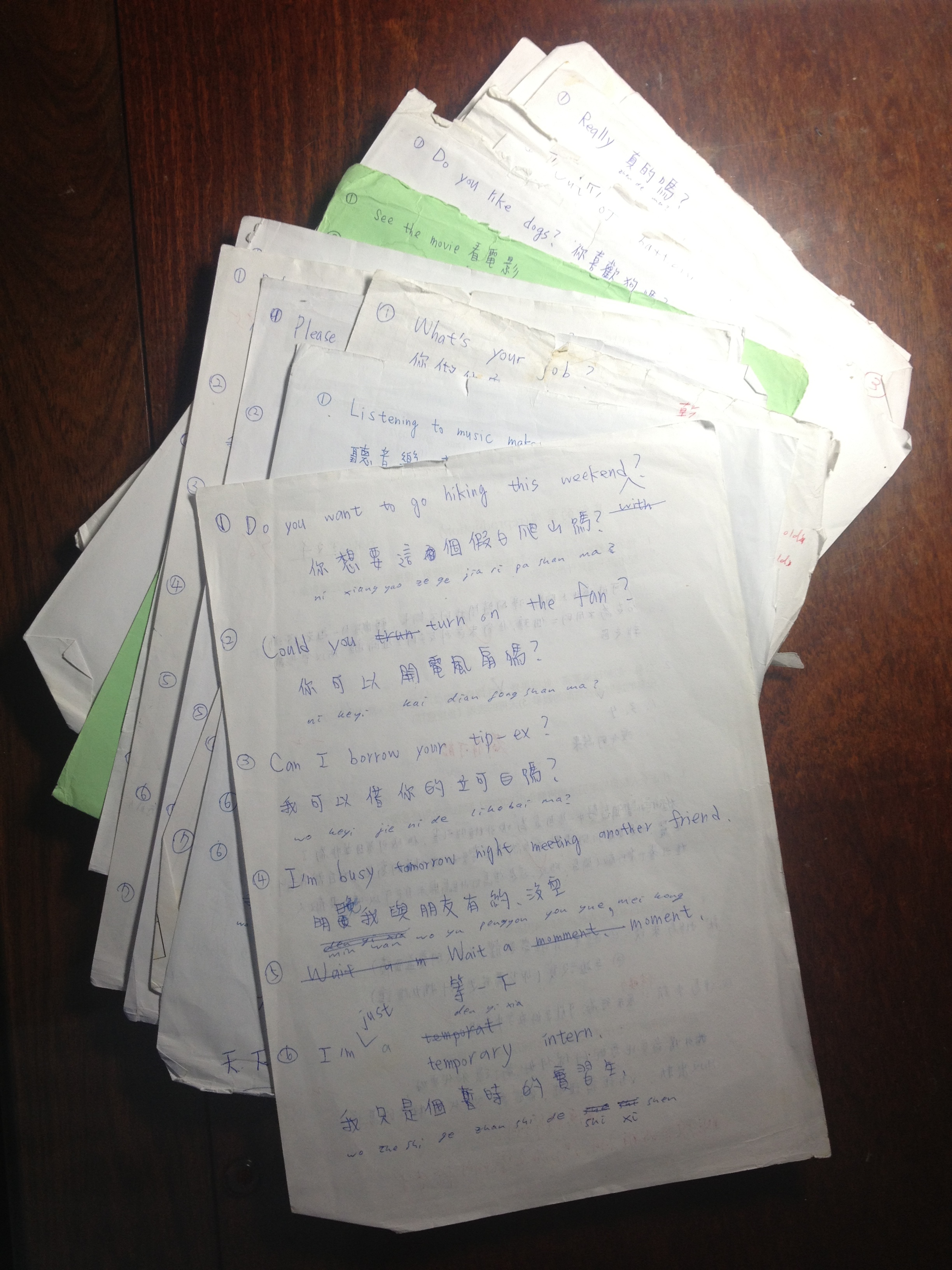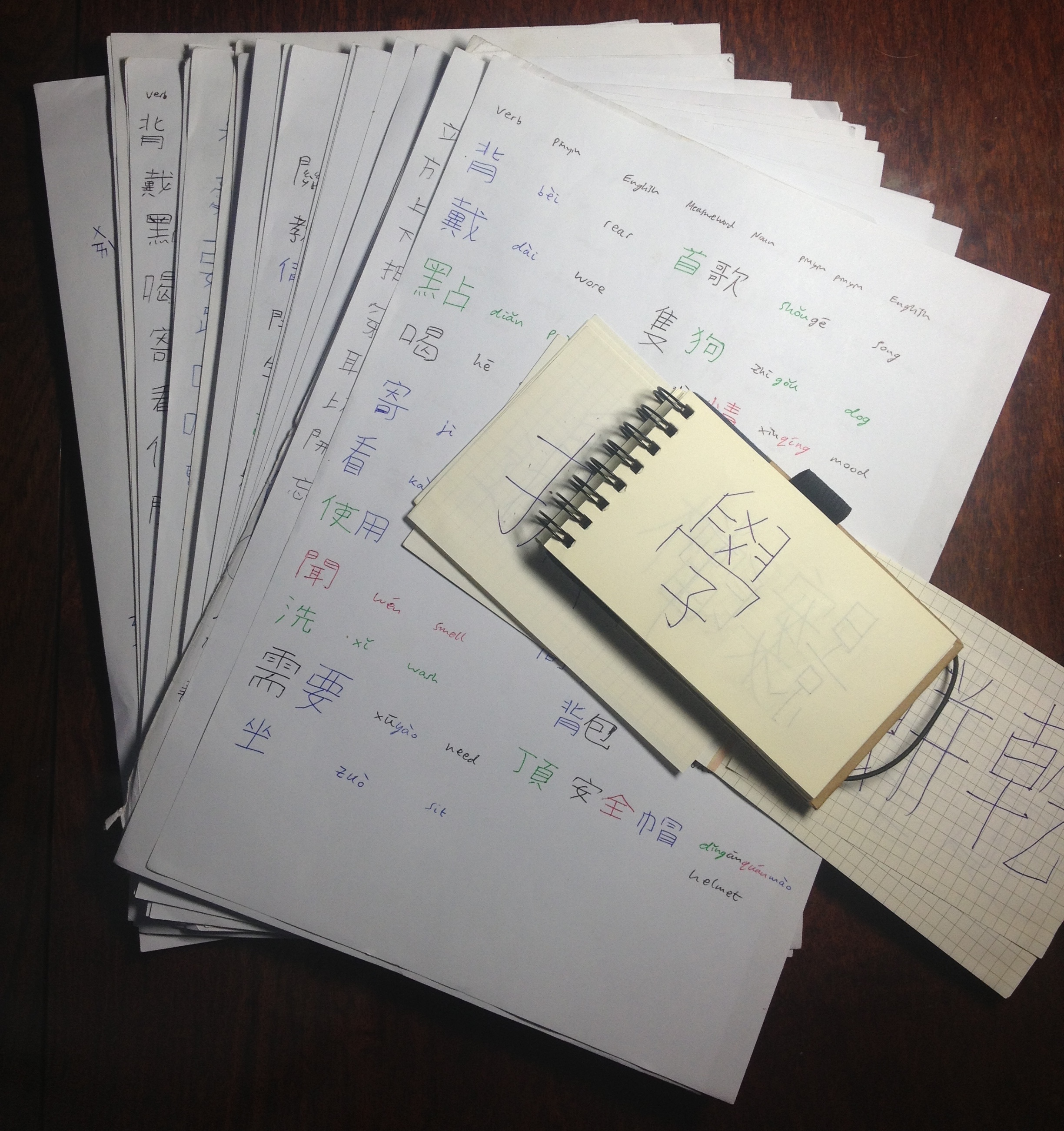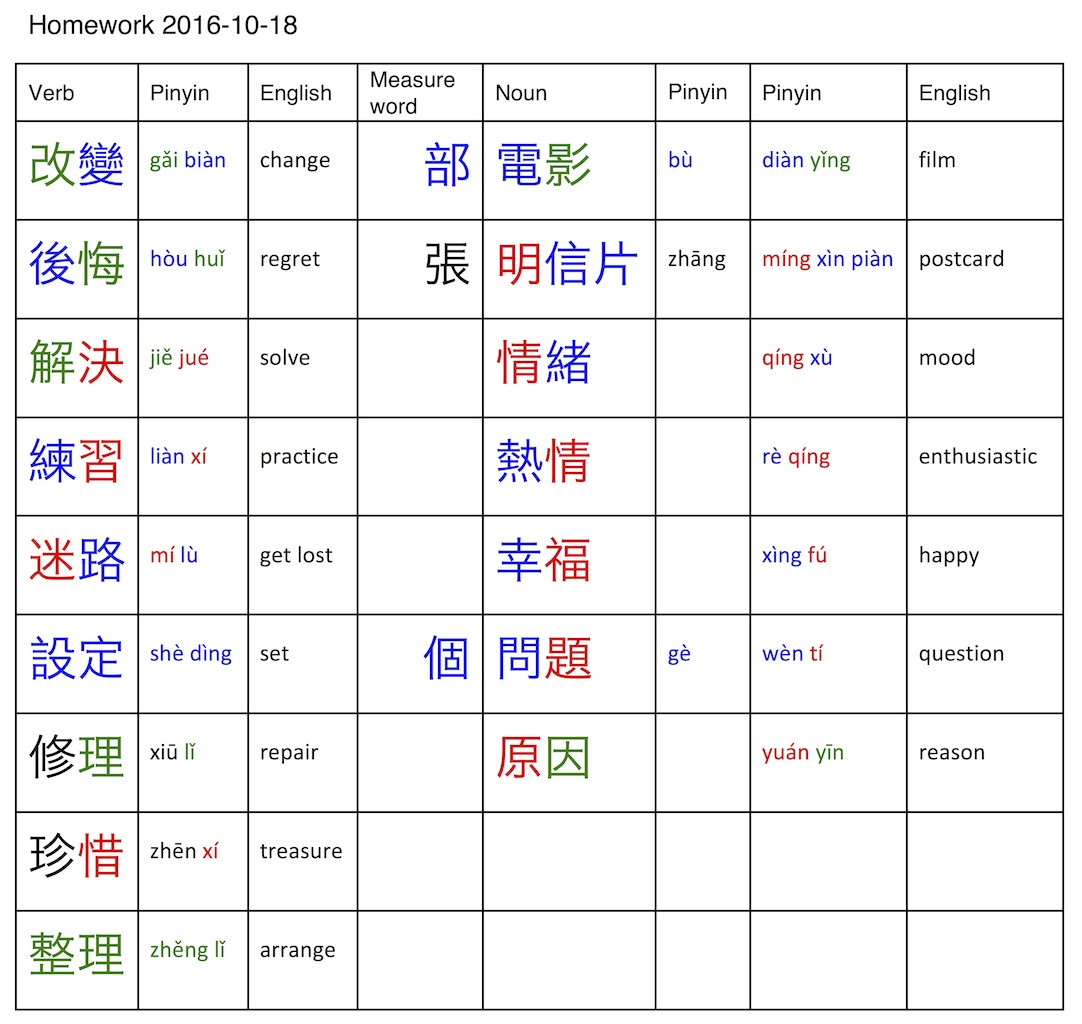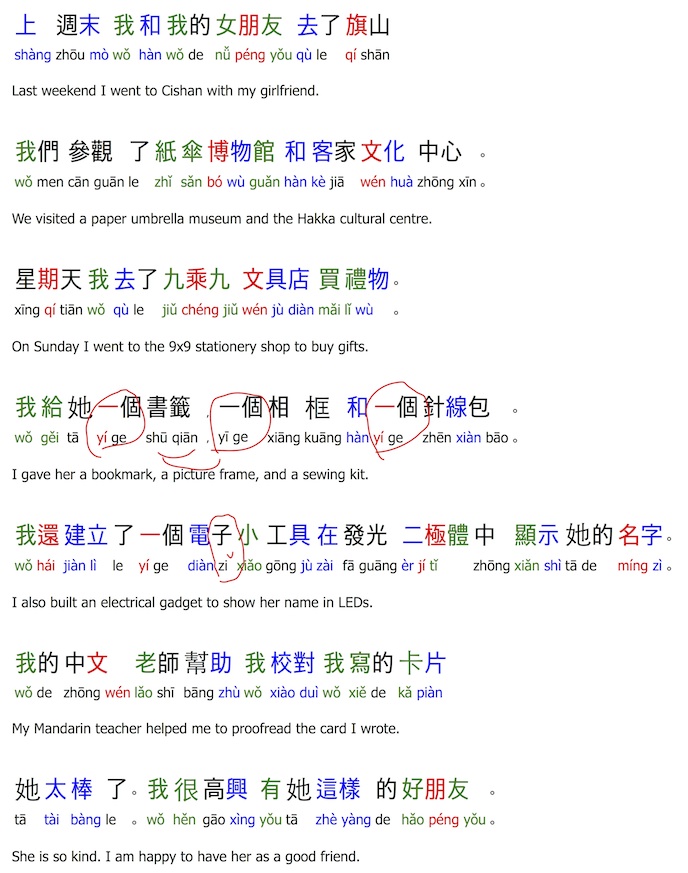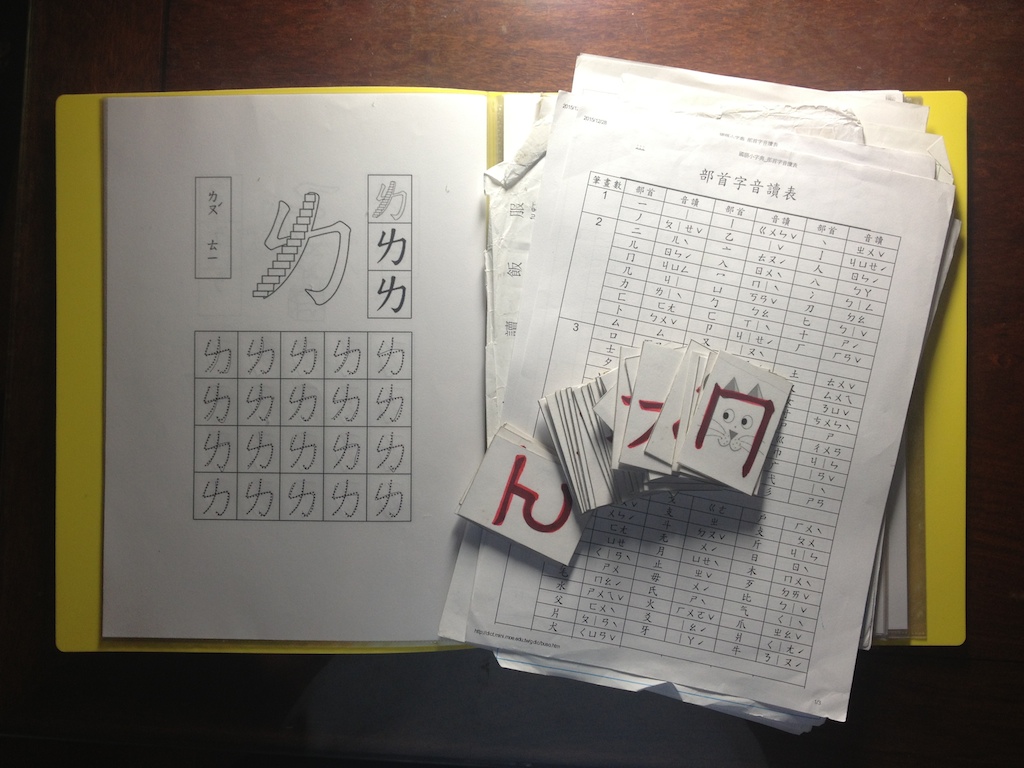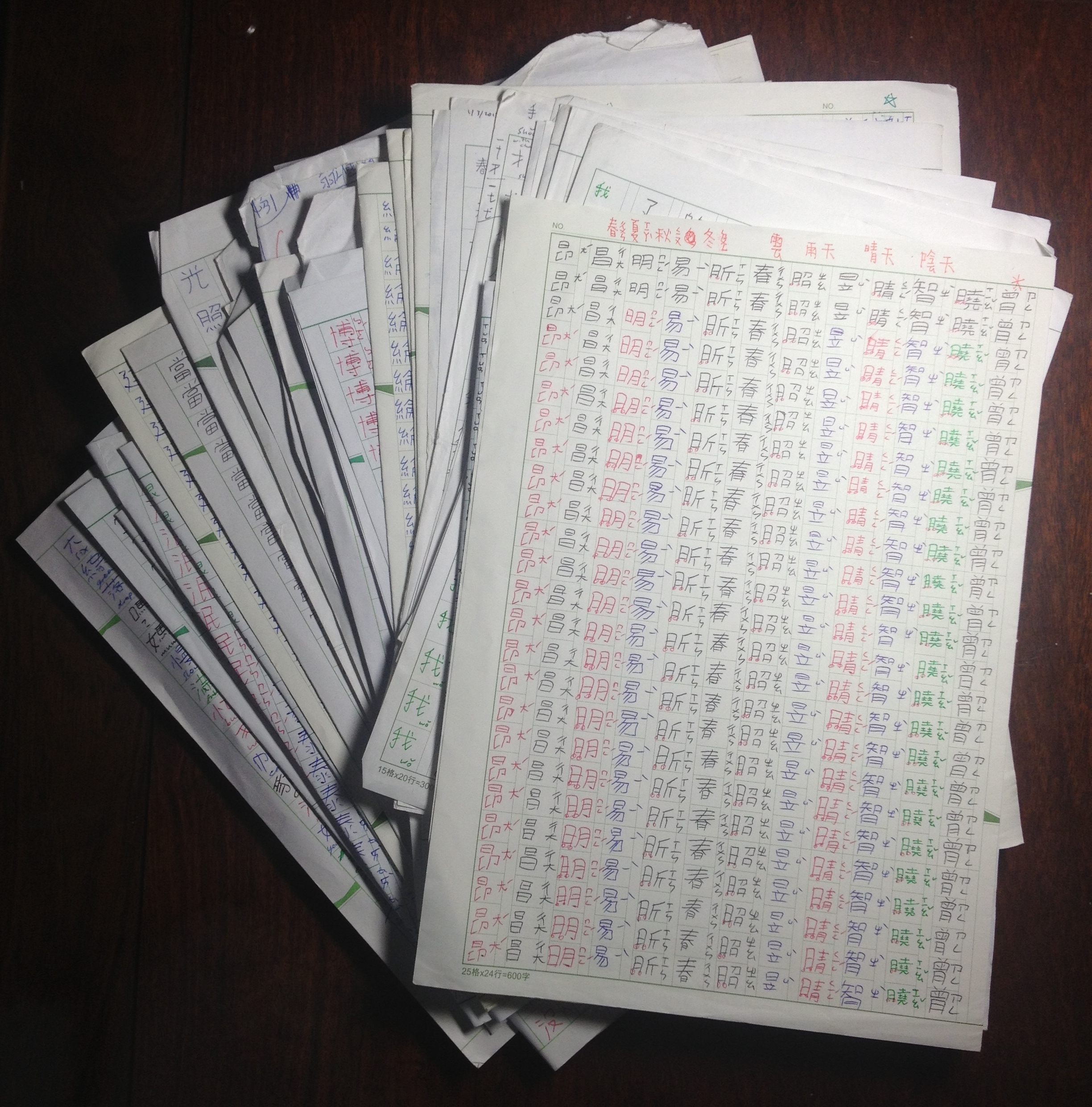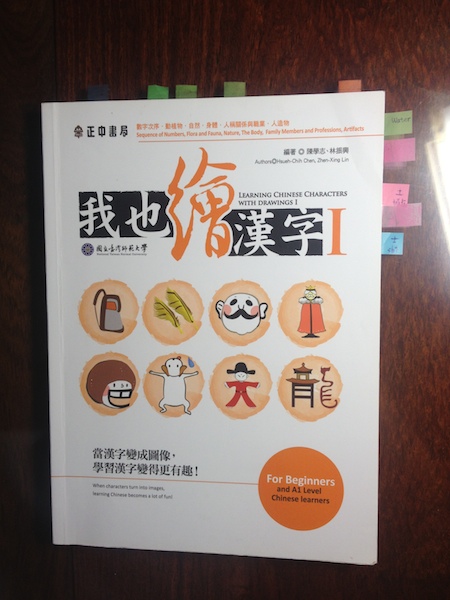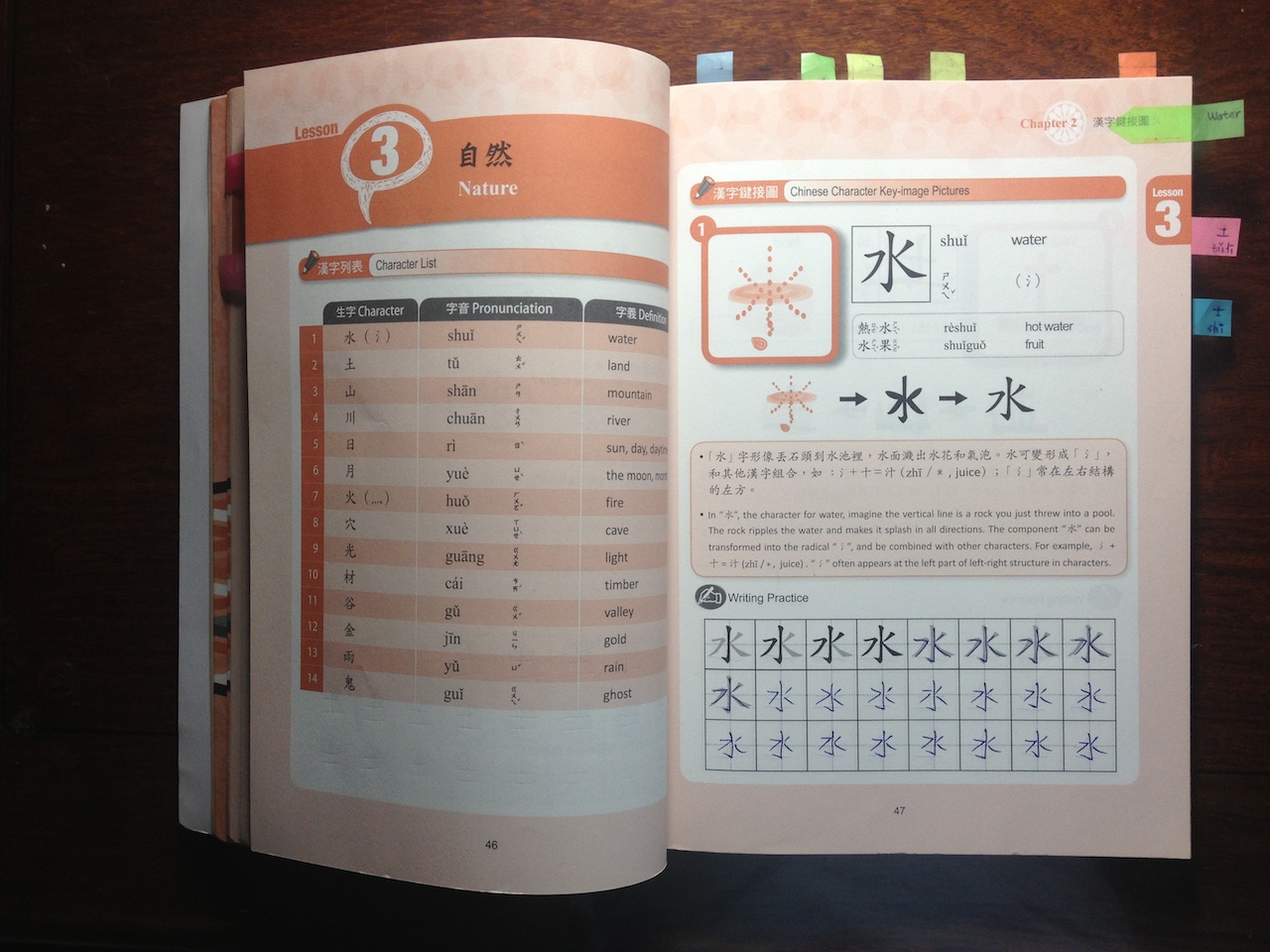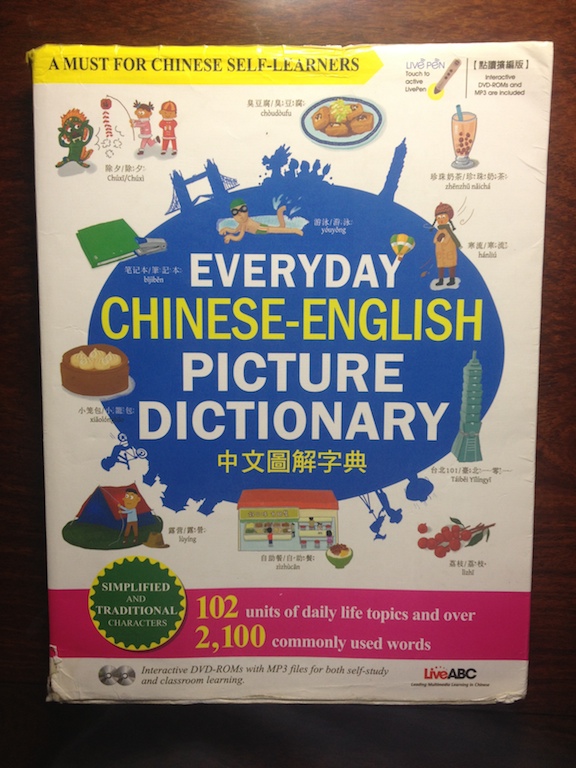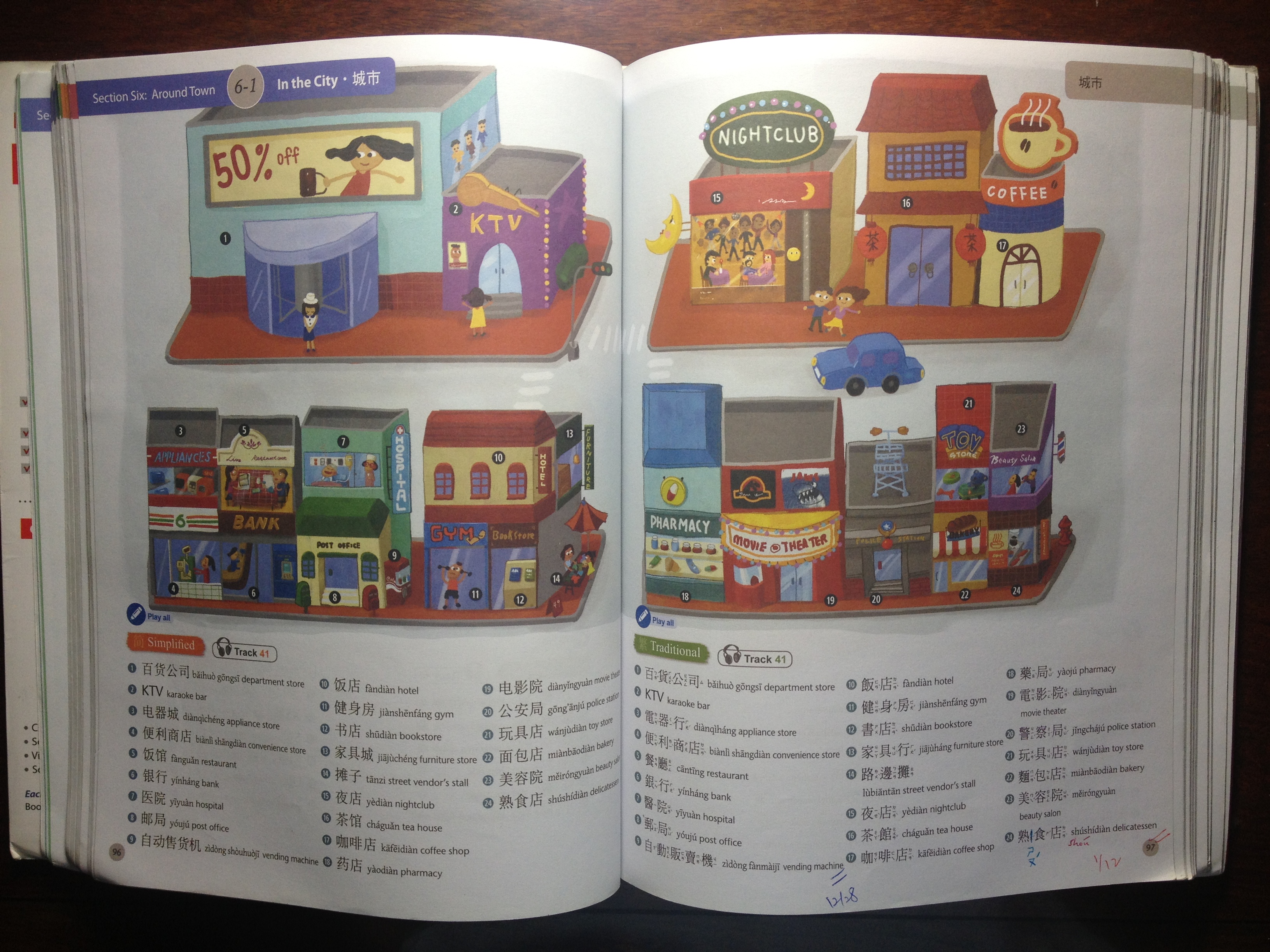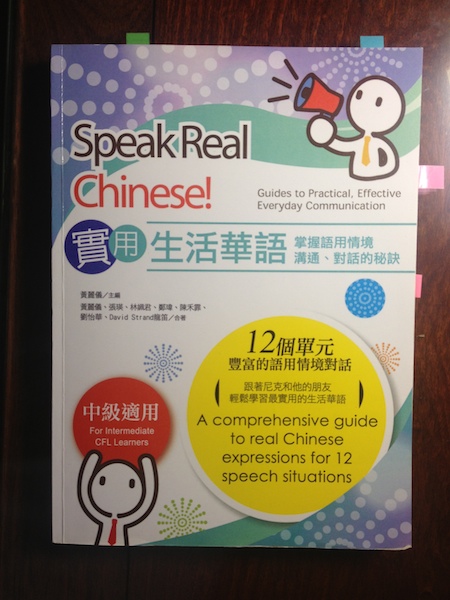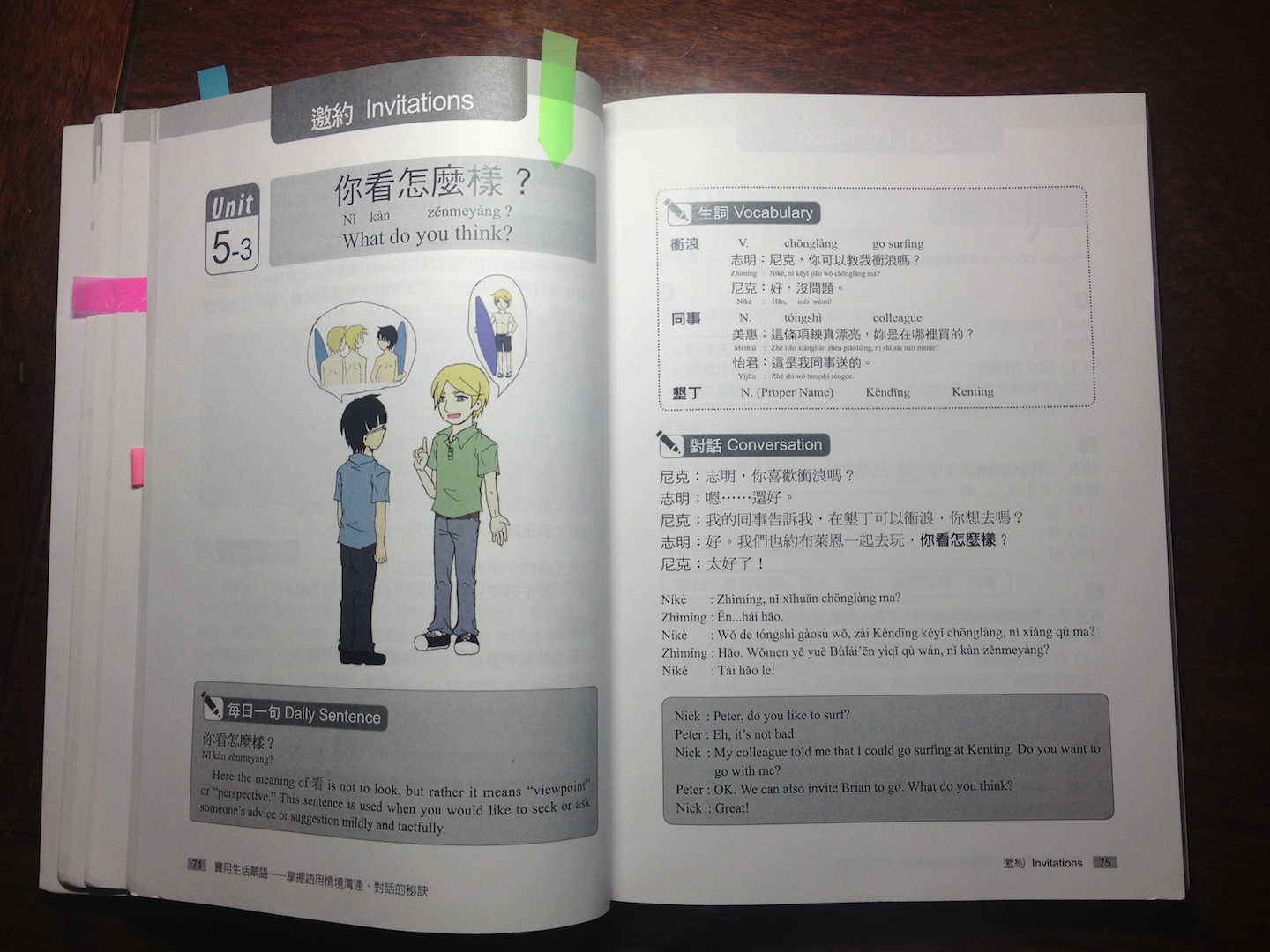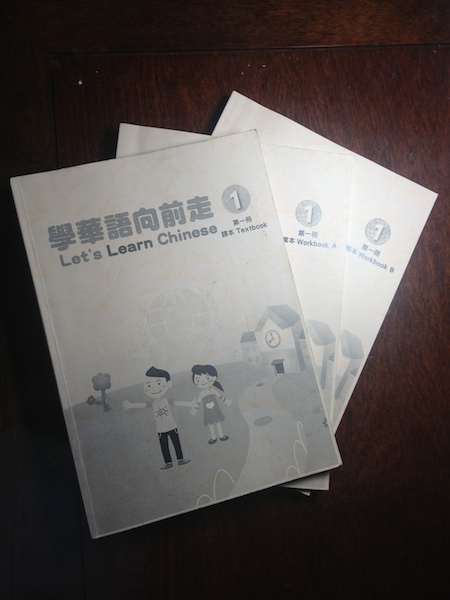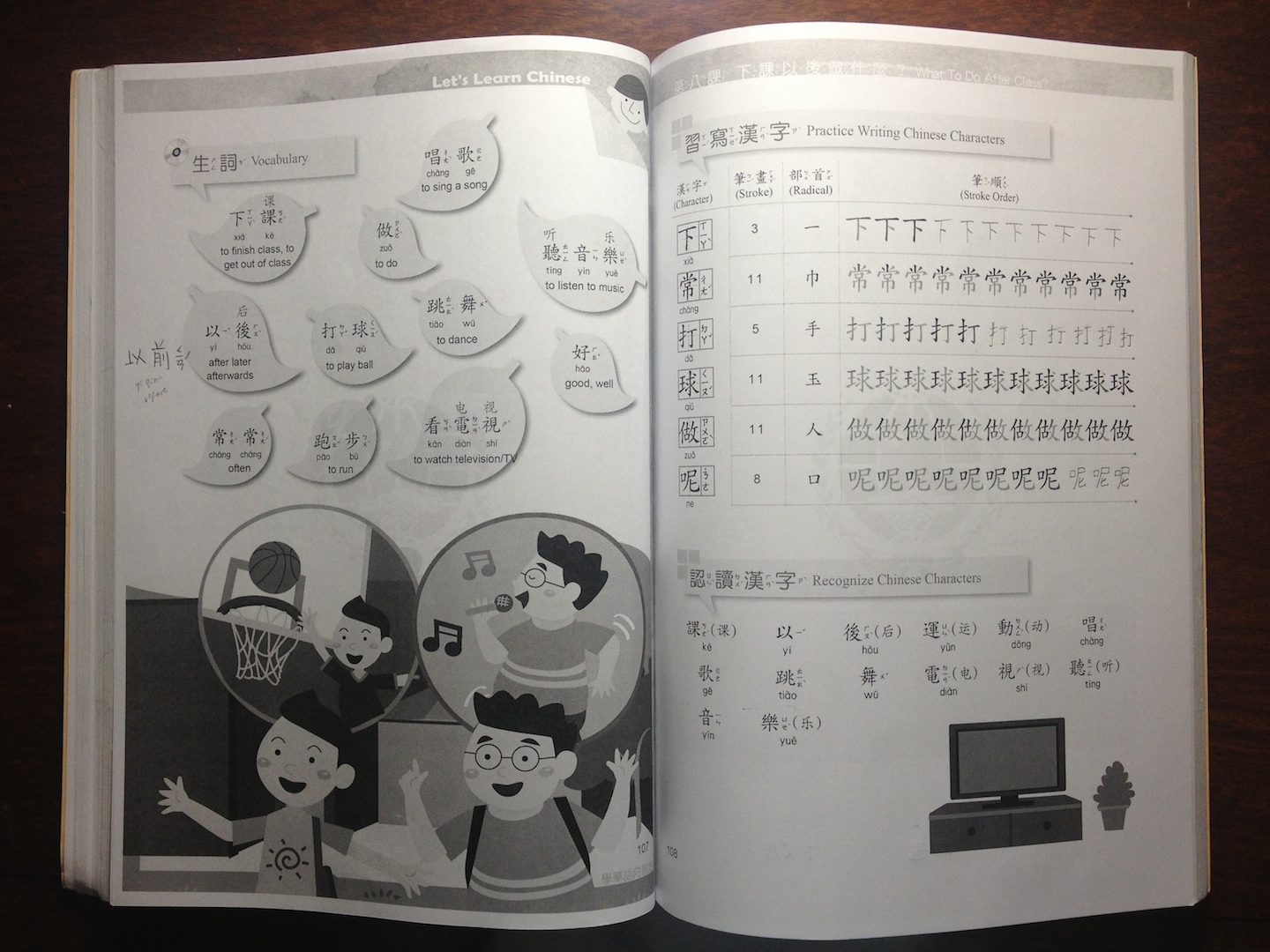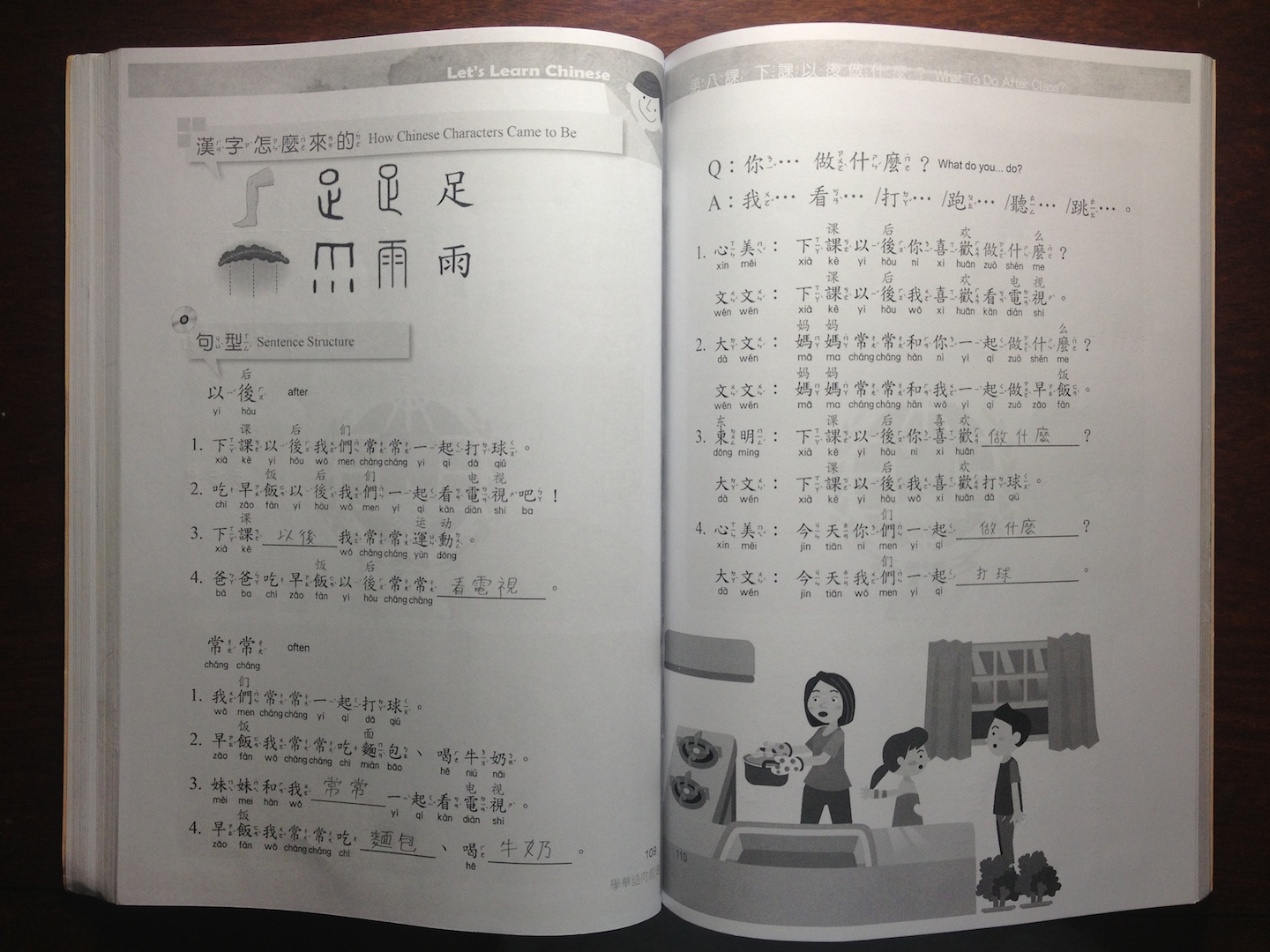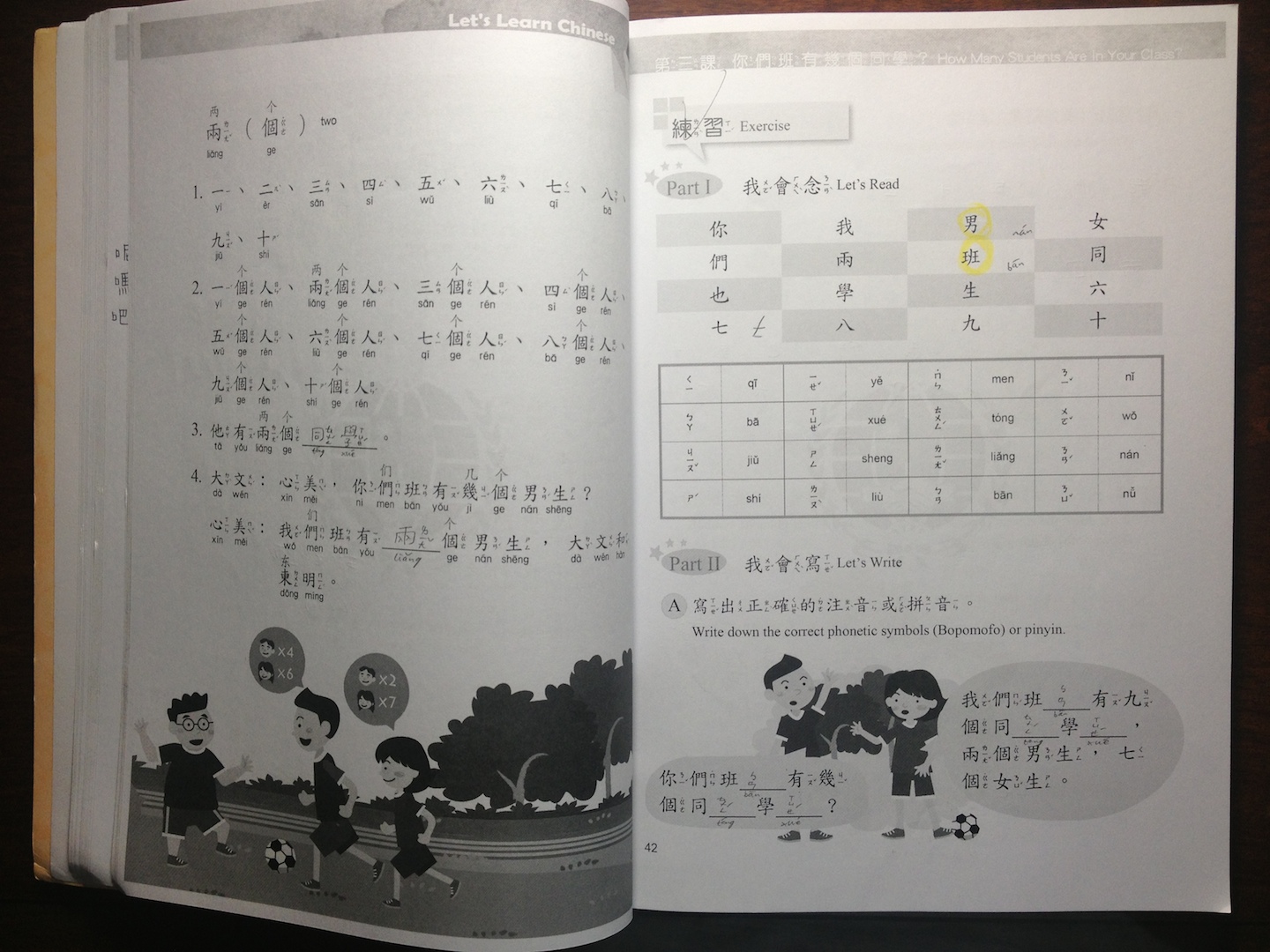I've tried so many different ways to study Chinese that I'm writing a whole article about it.
Choosing a name is hard. I wanted a name that is easy to read, easy to type, easy to write, the same in simplified and traditional characters, and unique on Facebook.
Before I had a real Chinese name, I had to enter my name to use Ruten (Taiwanese eBay). I had to use 5 Chinese characters or fewer, and English letters are not allowed. Because my name is Peter, I wrote 尸三十三尺. Someone later told me that it sounds like "33 dead bodies", which is not such a good meaning.
There are only 100 family names.
https://en.wikipedia.org/wiki/List_of_common_Chinese_surnames
I wanted one that is the same in simplified and traditional characters. That brings the number down to 60 names: 王李徐郭何高林宋唐曹彭曾田董袁潘于蔡杜程魏丁任姚崔汪金石廖夏方白孟熊秦邱江尹薛段雷侯史陶黎毛郝邵覃武戴莫孔康易常文洪伍卓.
Then I wanted to choose a name that is the first choice in the pinyin keyboard. That brought the number down to 7 names: 林高方毛莫常康.
I wondered whether to choose 方, but it's not the first choice in the simplified Chinese pinyin keyboard. 毛 was the communist leader of China, and I live in Taiwan and don't want offend people. The most appealing were 林 and 高. There are fewer strokes in 林, and the meaning is kind of similar to Burkimsher (birkenshaw, a small group of birch trees). So my family name is 林.
What about a given name? I found a list of Chinese names from Chih-Hao Tsai.
http://technology.chtsai.org/namelist/
I found 725 characters with a stroke count less than 8, and then searched Facebook for names that were unique for 林. That cut the list down to 212.
一上, 一大, 一用, 一多, 一成, 三元, 三太, 三平, 三民, 三在, 三林, 上上, 上正, 上白, 上全, 上林, 也民, 大一, 大光, 大全, 大行, 小山, 小分, 小安, 山一, 山求, 山林, 元三, 元上, 元大, 元日, 元本, 元民, 元白, 元如, 元有, 元住, 元岑, 元若, 天一, 天山, 天林, 太正, 太同, 少分, 少民, 少岑, 日可, 日生, 日全, 日行, 日均, 日林, 木三, 木正, 比分, 牛在, 古上, 句均, 可元, 可多, 可昂, 平一, 平山, 平元, 平日, 平本, 平正, 平生, 平成, 本安, 本林, 正上, 正大, 正正, 正有, 正岑, 正林, 民山, 民本, 民先, 民全, 民如, 民安, 民昂, 生一, 生元, 生民, 生安, 生有, 白月, 先元, 先正, 先先, 先全, 先如, 先安, 先岑, 光一, 光大, 光月, 光正, 光民, 光全, 光列, 光好, 光安, 光成, 光有, 光均, 光林, 全平, 全正, 全民, 全安, 全有, 全均, 全林, 同一, 同山, 同元, 名可, 名正, 名全, 名名, 名林, 在三, 在元, 在民, 在生, 在全, 在如, 在均, 多生, 多成, 如一, 如山, 如元, 如天, 如月, 如民, 如光, 如如, 如成, 如均, 如岑, 如林, 安一, 安元, 安天, 安生, 安白, 安成, 安有, 安均, 安林, 成一, 成大, 成元, 成平, 成正, 成全, 成安, 成有, 成林, 早民, 有一, 有平, 有正, 有民, 有光, 有全, 有如, 有有, 有均, 有若, 米三, 自生, 自光, 自安, 自有, 行一, 行正, 行如, 行安, 行我, 均一, 均元, 均平, 均正, 均民, 均安, 均而, 求平, 定先, 定全, 定昂, 昂可, 林山, 林平, 林正, 林民, 林生, 林均, 林林, 若元, 若白, 若先, 若光, 若名, 若昂, 若林
I asked my friend Fawkes for advice, and he said that some of these sound rather feminine.
chinese-names.doc
Months passed, and I still couldn't choose. I made friends with more people, some of whom have amusing names in English. 宜庭 Yi Tíng is eating. 韋廷 Wéi Tíng is waiting. Shī Tíng 詩婷 is... going to the toilet.
I realised that although these sound silly, they're actually very memorable. I usually forget names, but I could remember those friends' names because they made me laugh. So I decided that I want a name with a double meaning in English.
What verbs end in "ting"? There are many. I thought about this for a while, and then realised that I'm always on my computer "typing". Although my Chinese was still really basic, I knew the word 台 tái, for Taiwan. I also knew 平 píng (Peace), 和平 hépíng and 平安 píng ān. There are not too many strokes, and it's the same characters in simplified and traditional. Is anybody else typing 台平 táipíng on Facebook? Not yet!
If someone calls me on the phone, and says "Are you 台平 táipíng?", I can reply "No, I'm speaking." I also like the meaning: Peace in Taiwan.
I suggested phrases to my teacher and asked her to translate them to Chinese for me. I wrote the pinyin as I heard my teacher say it (without tones). The testing method was to cover the pinyin and make me read the sentence in Chinese. I could still see the characters, because I couldn't actually understand them. That meant that I knew how many words were in the phrase. Over time, I started to learn the characters this way, and reading became easier. But that didn't help me to learn the phrase, just the words. I should have discovered word spacing at this time, but I still didn't realise until later. It was useful to memorise some of these phrases, because I use them in everyday life.
My teacher chose some vocabulary words (about 16 per week), and tested me on them using flashcards. She would write the words (and later, only the characters and bopomofo). I'd type them into my phone using bopomofo, then copy them onto my computer. I found translations for every word, and drew a table in Microsoft Word. Then I added the pinyin from Google Translate, and the tone colours. This was very time-consuming; it took 1 hour just to prepare my materials before I could start studying. At this point, I started to realise that words have more than one character, but it wasn't until the Week Summary method that I decided to make a program to add spaces between words.
It would take me about 2 hours to copy 400 characters. I did this every week for months. I still don't remember most of them. I didn't know the pronunciation or the meaning. Even copying the bopomofo didn't help. I made lists of characters (most frequent characters in some LINE chat data, my friend's names on Facebook), and copied all of those. I still couldn't read.


